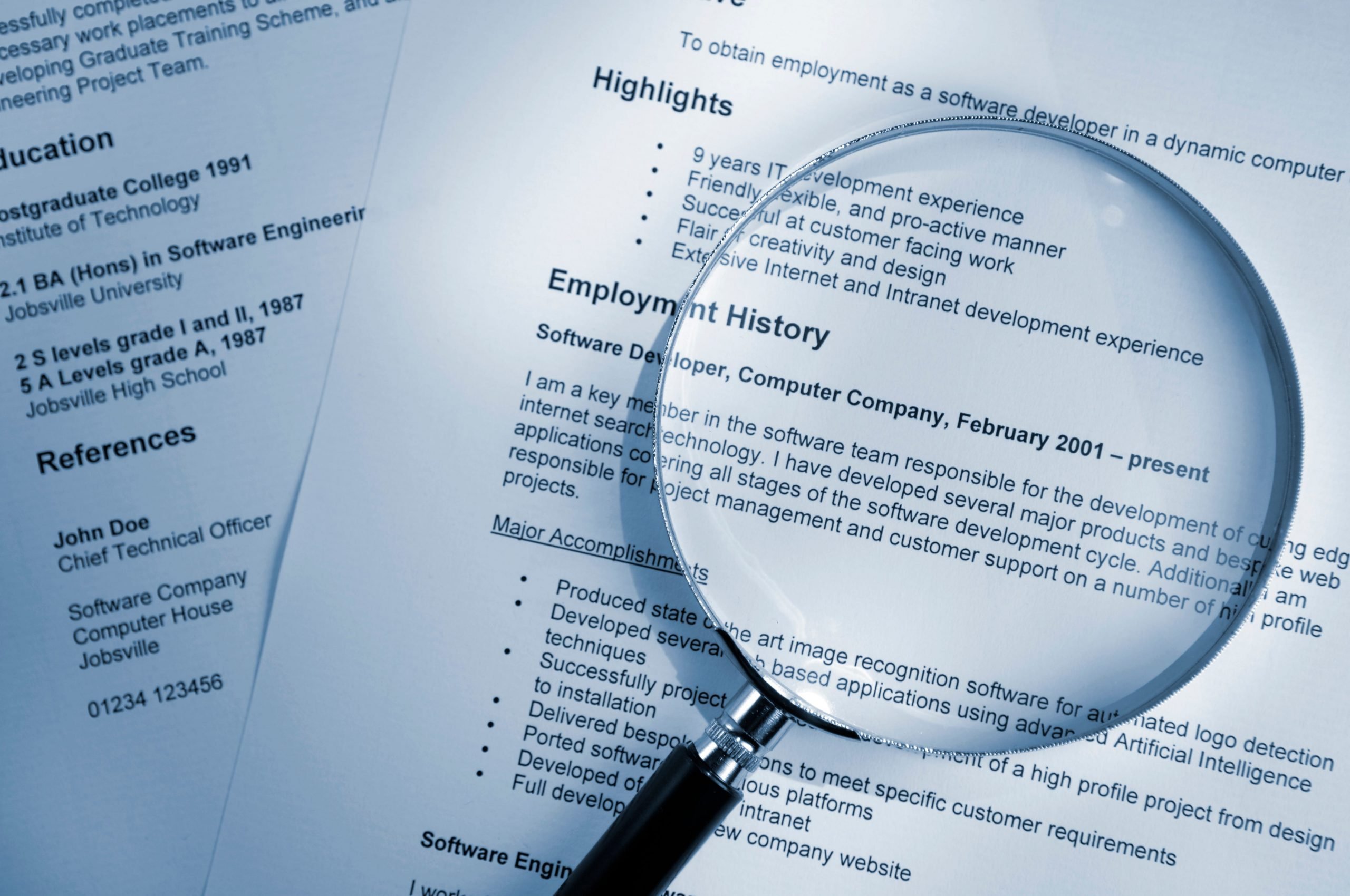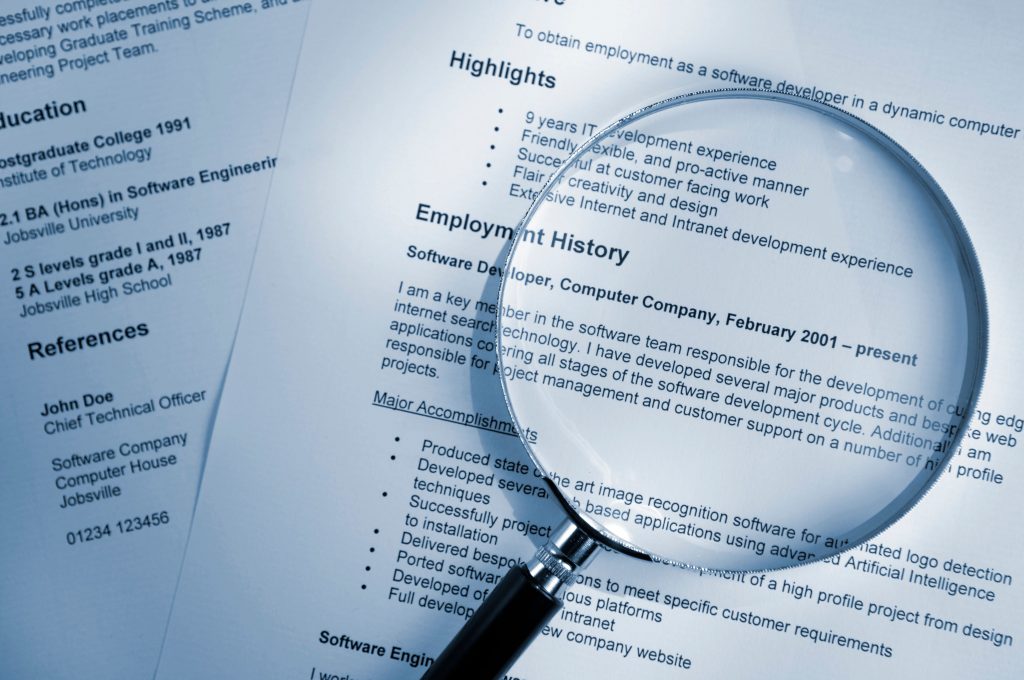
- Automated hiring systems could be keeping 27 million viable candidates from landing a job interview.
- Even amid a historic labor crunch, job seekers are submitting dozens or hundreds of applications.
- Knowing how the automated filters work can help applicants optimize their résumés to improve their odds.
Automated hiring systems could be keeping as many as 27 million people from landing jobs, according to a study published last month by Harvard Business School and Accenture.
The growth of these technologies over the past 15 years means that roughly three-fourths of employers now rely on them to connect with candidates and manage their hiring processes.
Companies inadvertently excluding viable candidates is nothing new, but the current labor market crunch is shining a fresh light on the problem as employers complain of worker shortages and job seekers send hundreds of applications with no response.
"The unfortunate thing is that companies don't put out instruction manuals when you apply and say, 'These are the things you need to do to get through,'" said John Pohl, a career coach and consultant who focuses on optimizing résumés to survive the winnowing filters of AI-powered applicant tracking systems, or ATS's.
Pohl has over 300 recommendations on LinkedIn and says he's helped more than 1,000 clients land jobs at companies like Amazon, Salesforce, Coca Cola, Home Depot, Delta, and Equifax.
"The natural thing for job searchers to do is to think the more minnows I put on my hook, the more fish I'm going to get," he said. "Actually the better strategy is more customization and more attention to how the fish is hooked."
Most systems have a matching threshold that compares an applicant's profile against a set of skills and keywords that the company has selected for the position. But simply copying and pasting a bunch of terms usually won't work, Pohl says, since the systems are looking for the right words to be in the right places.
One area where this really matters is associating a candidate's specific skills with a particular career experience instead of listing jobs in one section and qualifications in another. For example, in a description about a two-year position with Google, the candidate would include that they had to demonstrate project management skills and earned an industry certification.
This also means that the application for a position at a large employer like Amazon will require a different strategy than a small business. The larger the company, the more likely it is that an ATS is being used, and taking the time to tailor a résumé appropriately can dramatically improve the odds of making it through the initial pass.
Regardless of whether a candidate's application is routed through a screening filter or directly into an overworked hiring manager's email inbox, Pohl says it's never a good idea to rely exclusively on one channel to find a job.
"Maybe the the worst thing that a job applicant can do is devote eight hours a day to sitting behind a computer and playing one number in the lottery," he said.
One applicant went so far as to put his résumé inside a cake, which he had delivered to the boss he wanted to work for.
"There's no rules," Pohl said. "The other applicants you're competing against largely are just sitting behind a computer all day and just playing that one lane of the highway. They're not thinking differently."

